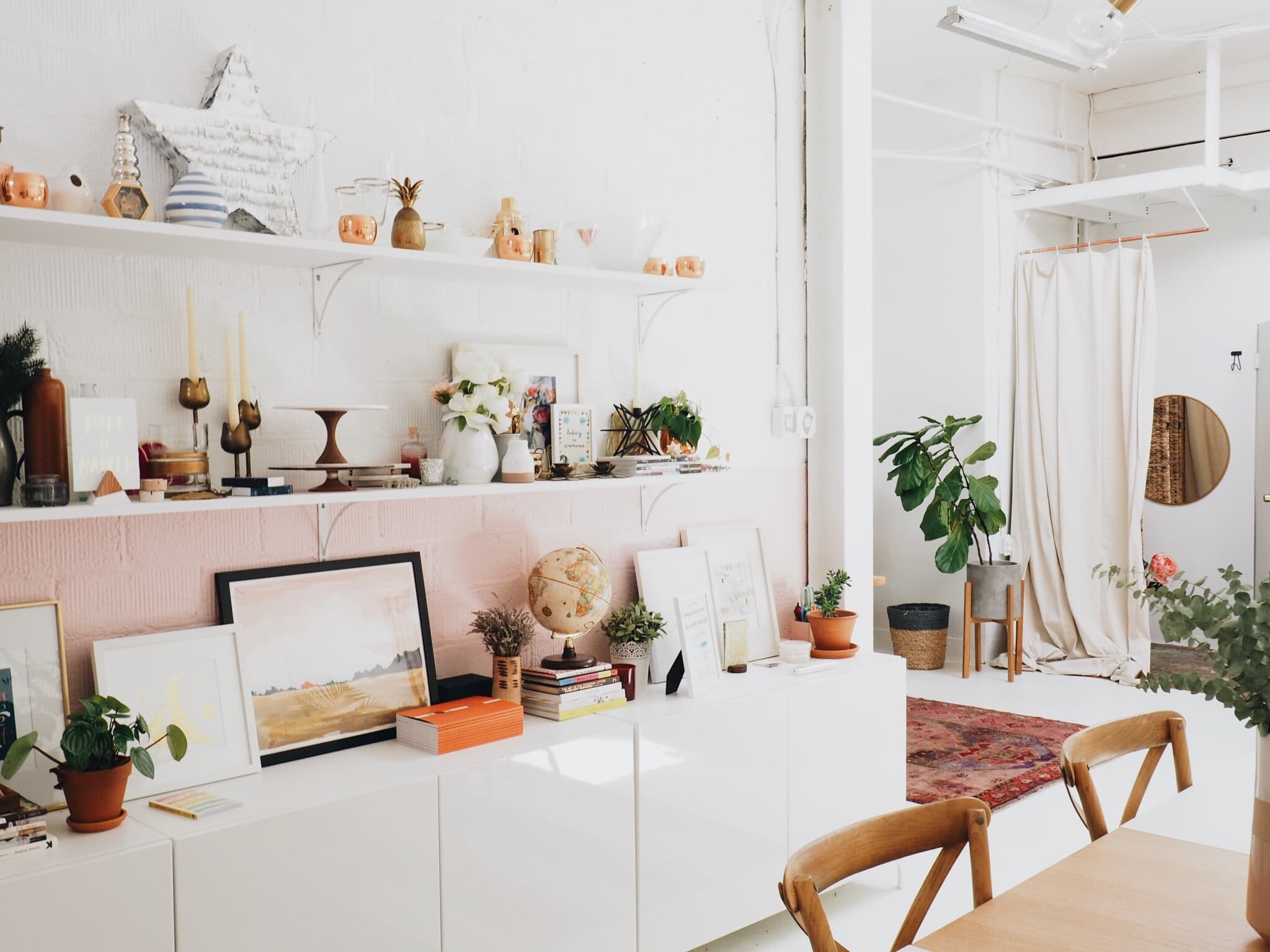How Much is it Worth? Tips for Setting the Right Price

Jill Vonier
•6 min readPrice too high and the item won't sell. Price too low and you are losing money. Use these tips to get the most for your items.

Craigslist and Facebook Marketplaces are great places to make some extra cash on the items you no longer need.
For one, they have some of the largest user bases so your item will likely sell quicker than on other online marketplaces.
They're also great for selling your items locally which reduces shipping costs and lessens your competition. It also means you meet up with your buyer so transactions can happen faster.
However, one difficult part of selling items on these platforms is setting a price.
The Problem With Pricing
Instead of fixed prices, it's left up to you to set the price for your items. If you price your item too high, potential buyers won't be interested. If you price it too low, you could reduce your profit margin.
So the trick is finding the perfect balance. However, since your items likely aren't new, they will be unique in their own age, condition, and location. Therefore, it can be difficult to find an accurate price range for your item.
Here we list some tips to help you find the right price points for your items.
1. Research Similar Items
The easiest way to set a price for your items is to look for similar items for sale on other online marketplaces. Simply search for your item on Craigslist or Facebook Marketplace and take note of different prices and any other relevant details. These details include the condition of the item, its location, and any additional features or accessories.
This will give you a good idea of the general range of prices that people are willing to pay for an item like yours.
2. Consider the Item's Condition
The condition of your item will play a big role in determining its value. People will not pay brand-new prices for an item that is falling apart.
If it's brand new, new with tags (NWT), or barely used, you can set a higher price than if it's older or shows signs of wear and tear.
Take the time to thoroughly inspect your item. Are there flaws or damage? Is it stained or pilling? These issues will need to be factored into the price. You may want to attempt to fix some of these issues too, such as washing the item or making small repairs.
3. Look at Retail Prices

If you're not able to find similar items on online marketplaces, a retail price can at least provide a starting point. If someone was to buy your item brand new from a retailer, this is what they would pay. This is especially helpful if you accidentally think your item is worth more than what a person can buy brand new in a store.
Now consider the condition of your item. Is it new or used? If your item is new, you will set a price near the retail price but a few dollars less for the fact that it's not coming directly from a store that could have some benefits, such as storing it in a clean environment or offering a return policy if the product is less than satisfactory.
If your item is used, consider how used it is. If it's only gently used, the price would be lower than if it was new or NWT. If it's very worn, it will be much lower. This type of pricing structure gives you an idea of the different levels of where your item's price might be.
4. Consider Supply & Demand
Supply and demand are what set the value of all retail, new or used. If an item is in large supply and little demand, its price goes down. If it's in low supply and high demand, its price goes up.
Similarly, you will want to do a little research to see just how "in demand" your item is, and whether or not there are a lot of items like it for sale. Today, you can buy a new Tickle Me Elmo for $25. But back when it came out in 1996, the supply was so low and the demand was so high, some people were able to sell them for as high as $1,000.
So consider the supply and demand for your item and price accordingly.
5. Set a Competitive Price
Assuming you followed all the above steps, you now know what other people are selling your item for online, you're aware of your item's condition, you know what your item goes for brand new, and you know if it's in high demand.
All this information should give you a good idea of what your item is worth. Now you want to make the price competitive.
A competitive price will be similar to your competition but will fall slightly below. When a buyer sees your item and sees your competitor's item, they'll naturally go for yours since it's less cost to them.
6. Be Open to Negotiations
Negotiations are a part of online marketplaces. People are looking for a good deal, and they're aware most sellers are ready to make some money and will take slightly less if it means getting paid.
When setting your price, have a little wiggle room for negotiations. Most sellers have a price they would like, and a bottom price of the least they will take for it. Keep in mind that the ultimate goal is to sell your item, so be open to reasonable offers and be willing to compromise in order to make a sale.
If you aren't interested in negotiating prices with potential buyers, one option is to use OfferTrackr which will negotiate for you. Our blog post, Using OfferTrackr to Make Selling Items Locally So Much Easier, has more information on how OfferTrackr can make it easier to sell your items.
Setting the right price is very important when selling your items on online platforms. While it can be difficult to find the right price for your secondhand item, the above steps can bring you closer to a fair and reasonable price.
Remember to do your research, consider the condition of your item, look at retail prices, recognize the supply and demand of your site, set a competitive price, and be flexible in negotiations.
The right price will attract potential buyers and make a successful sale.